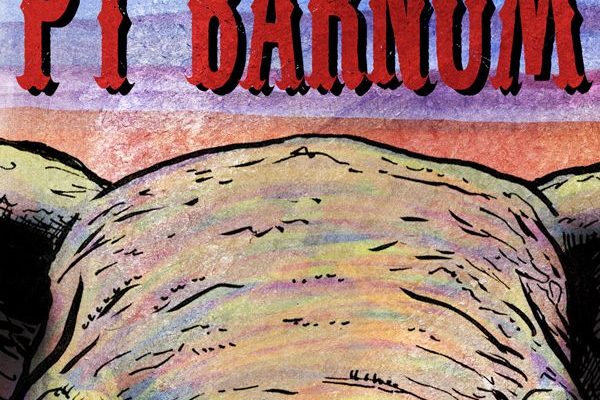P.T Barnum did everything he could to curate his own historical legacy. He was deeply concerned with how people would remember him after he was gone. Would he go down as a greasy hustler, or would he be celebrated as a great entertainer? Since that time historians have debated Barnum’s legacy as a hoaxster and manipulator of the media. Were Barnum’s “humbugs” just good fun, or was he too quick to dispense with morality in order to make a buck. Tune in and find out how fish-monkeys, a woolly horse, and the town of St. Thomas, Ontario all play a role in the story.
Works Cited
Barnum, P. T., and Waldo R. Browne. Barnum’s Own Story: The Autobiography of P.T. Barnum. New York: Viking, 1927. Print.
Barnum, P. T. Art of Money Getting, Or, Golden Rules for Making Money. Bedford, MA: Applewood, 2000. Print.
Barnum, P. T. The Humbugs of the World. Detroit: Singing Tree, 1970. Print.
Bogdan, Robert. Freak Show: Presenting Human Oddities for Amusement and Profit. Chicago: U of Chicago, 1988. Print.
Fleming, Candace, and Ray Fenwick. The Great and Only Barnum: The Tremendous, Stupendous Life of Showman P.T. Barnum. New York: Schwartz & Wade, 2009. Print.
Gourley, Catherine. Media Wizards: A Behind-the-scene Look at Media Manipulations. Brookfield, CT: Twenty-First Century, 1999. Print.
Kunhardt, Philip B., and Peter W. Kunhardt. P.T. Barnum: America’s Greatest Showman. New York: Knopf, 1995. Print.
Levi, Steven C. “P. T. Barnum and the Feejee Mermaid.” Western Folklore 36.2 (1977): 149. Web.
Reiss, Benjamin. The Showman and the Slave: Race, Death, and Memory in Barnum’s America. Cambridge, MA: Harvard UP, 2001. Print.
Saxon, A. H. P.T. Barnum: The Legend and the Man. New York: Columbia UP, 1989. Print.

